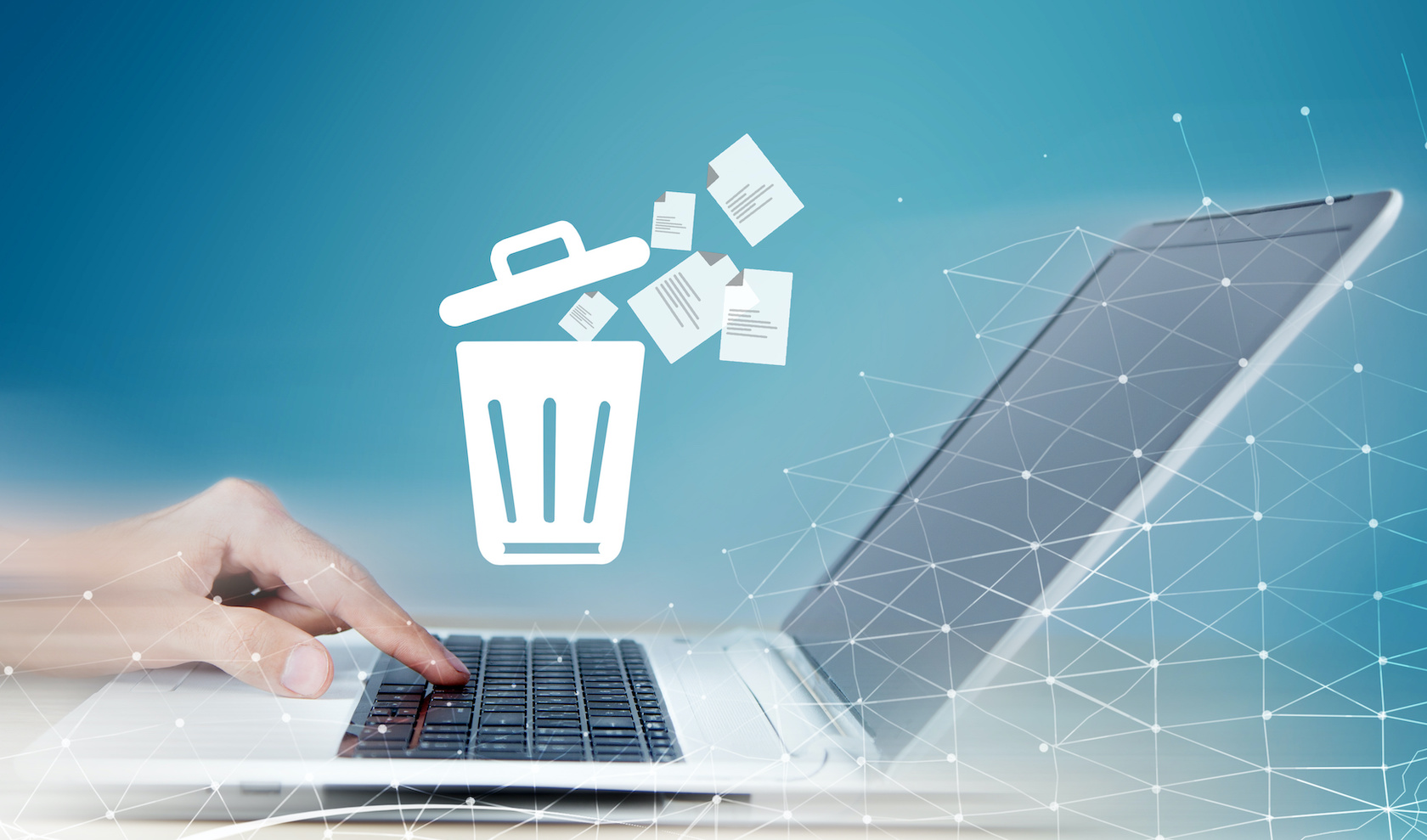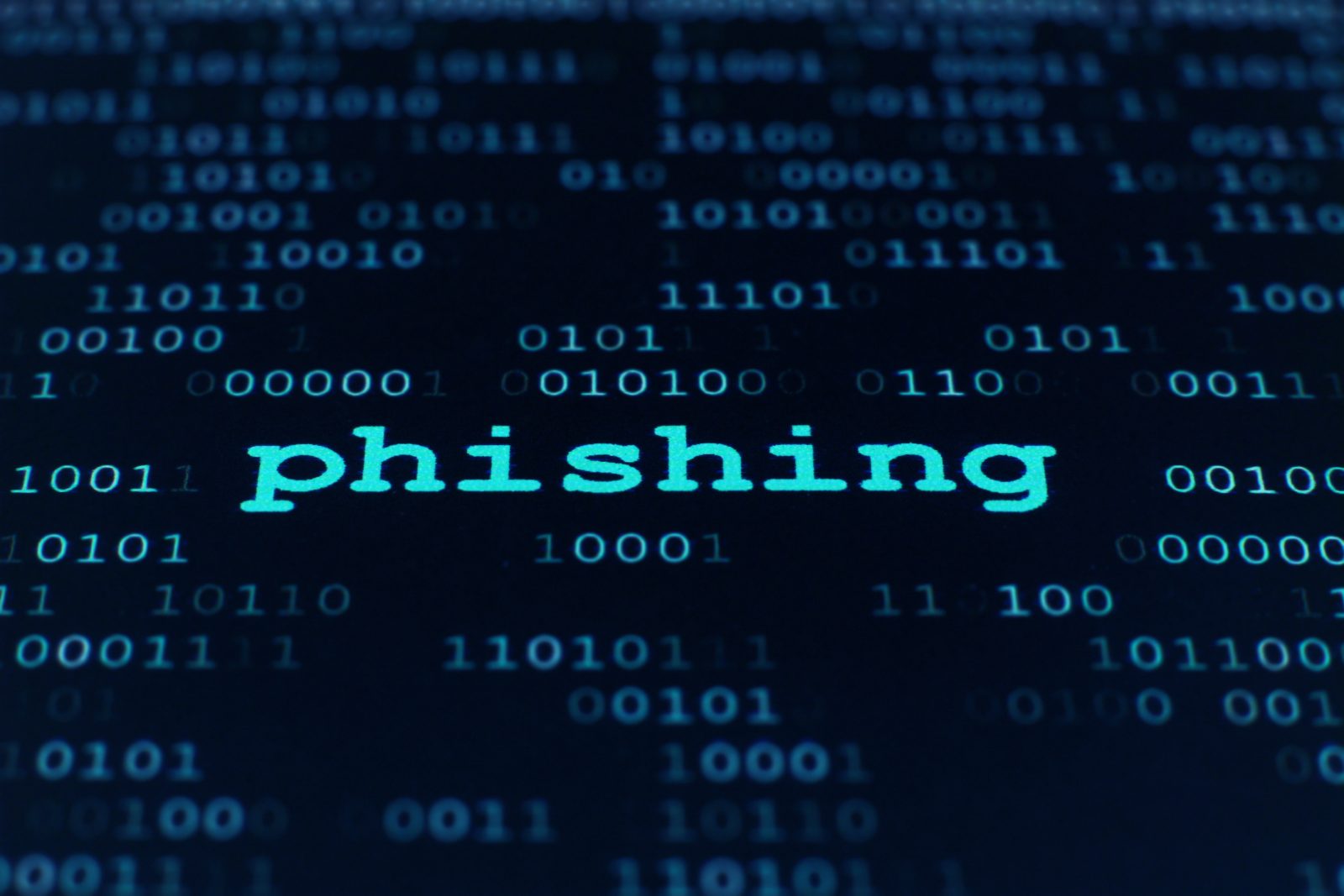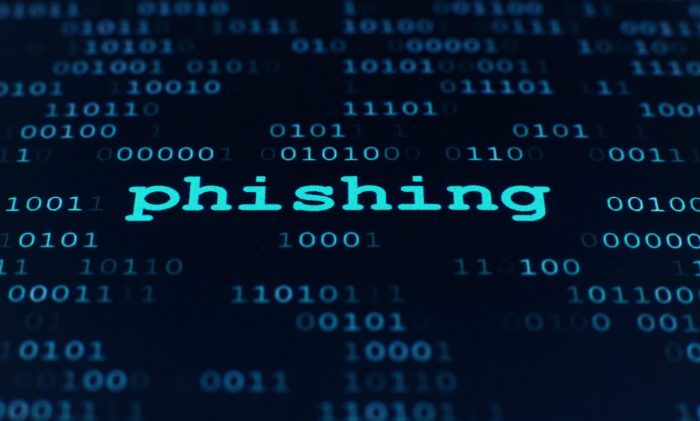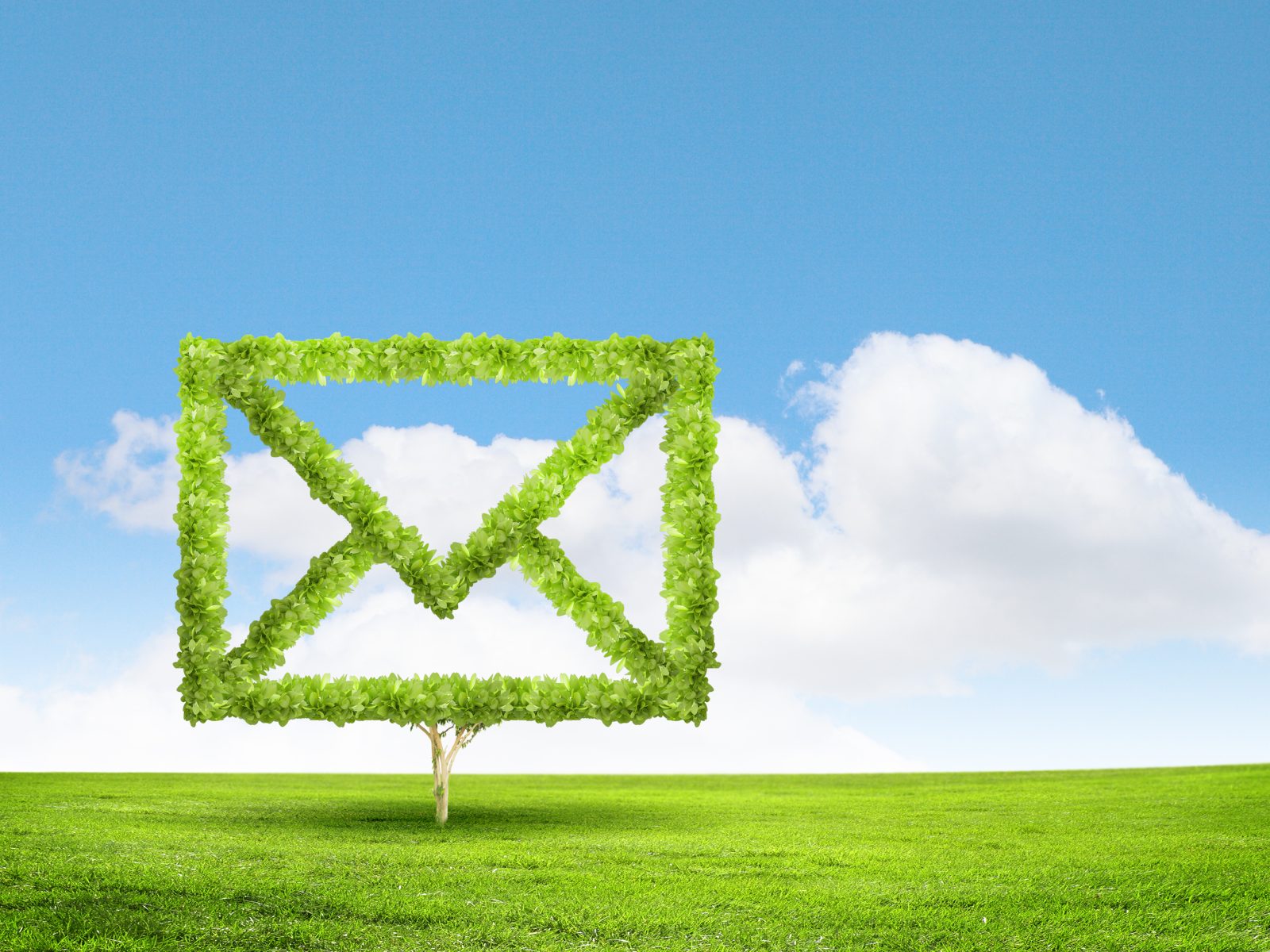At Runbox, we pride ourselves on offering personalized support. We are employee owned, which means our team is truly invested in your success. We know how crucial your inbox is, and we believe that fast, effective support can make all the difference in your email experience. When you reach out, you’re communicating with real people, not chatbots or someone with a script. Our support team are co-owners of the company, and know the service inside and out. We genuinely care about helping you. Unlike big companies, where support can feel impersonal, we provide expert assistance tailored to your needs. Whether you’re facing a technical issue or need advice, we’re here to make sure your email works the way you want.


















